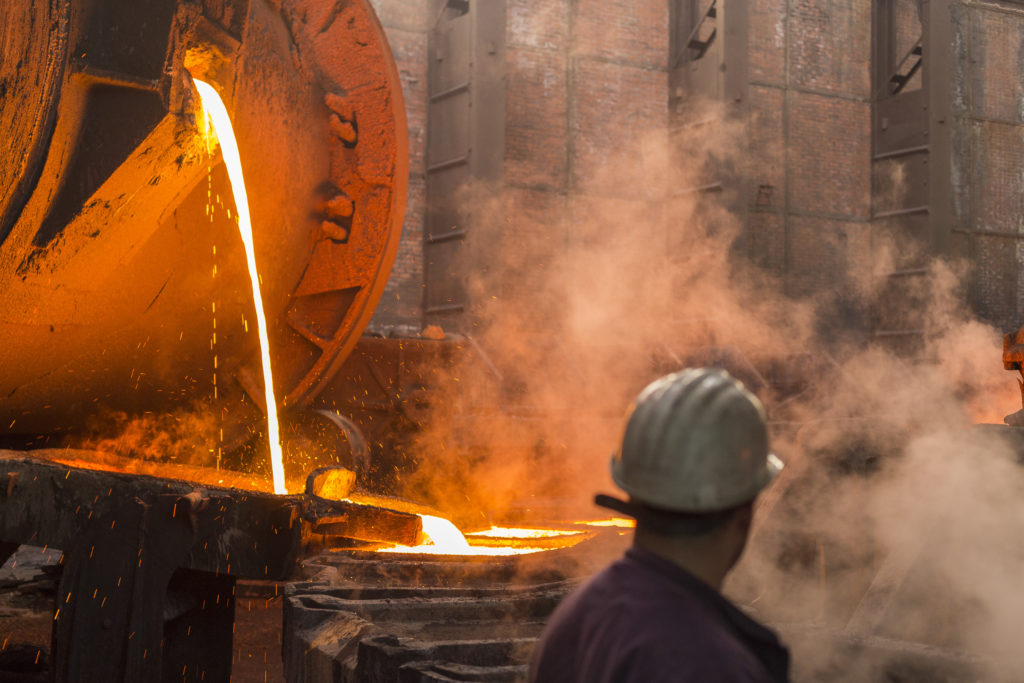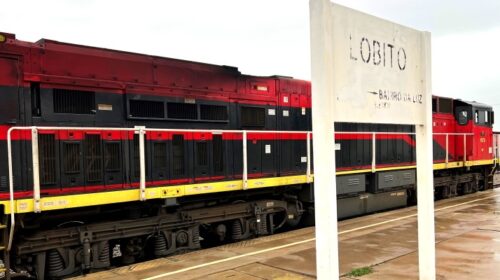Zambia’s history of copper production | Part 1
Since large-scale copper production began in Zambia almost 100 years ago, the industry has experienced a lot of changes in a relatively short period of time. But what does the history of mining output in the country look like when you take a few steps back to quantify it? Read on to learn about the historical ups and downs of copper production in Zambia, in the first of this multi-part series.
From zero to 400 000 tonnes per annum
Copper tools and jewellery were traded as currency in Zambia as far back as the 12th century, so it is difficult to say precisely when locals first started mining copper. Records of small-scale copper production date back to 1908 and 1911, when mining took place at Kansanshi and Bwana Mkubwa mines, respectively. Almost 100 years has passed since sustained commercial-scale mining began in Zambia, when extensive exploration projects led to the discovery of substantial copper deposits in the 1920s.
An Irish-American mining magnate, Alfred Chester Beatty, set up the Rhodesian Selection Trust (RST) as a holding company for his mining assets in what was then called Northern Rhodesia and, in 1928, Luanshya Copper Mine was the first to be commissioned, followed by Mufulira in 1933. Outside investment poured in and, by the late 1950’s, copper production had exceeded 400 000 tonnes per annum.

Reaching 700 000 tonnes per annum at Independence
By the time Zambia became independent in 1964, its mining-driven economy was strong. The wealth of Zambians was almost three times South Korea’s, as measured by Gross Domestic Product (GDP) per capita. Globally, the country was in a good position, producing approximately 700 000 metric tonnes per year — more than 12 percent of the world’s total copper output.
Just two private mining firms had been operating between 1928 and 1969: Rhodesia Selection Trust and Anglo American Corporation. In December 1964, in line with the constitutional changes enacted with the country’s independence, the Rhodesian Selection Trust changed its name to Roan Selection Trust. Revenue from the growing mining sector filtered into other areas, including transport, construction and manufacturing.
By 1969, Zambia had one of the highest GDPs on the continent, and was officially a middle-income country. Copper production peaked at 720 000 tonnes that year, which was also when discussions about nationalising the mines started gaining momentum.
From a peak of 720 000 to progressive decline
After decades of being run as a private industry, in the early 1970s, the Zambian government began making moves to nationalise mining, a process that was complete by 1973. Production dropped slightly from 720 000 to 700 000 tonnes per annum that year, mostly due to lack of investor confidence.
Meanwhile, the industry’s substantial revenues were allocated to railways, roads, hydropower projects, schools, hospitals and housing, as the government aimed to improve the lives of ordinary people. Zambia Consolidated Copper Mines (ZCCM) was created and, in addition to managing the country’s gamut of mining operations, the company took responsibility for providing a wide range of social services and public goods for its employees, and the broader mining communities too.
“By 1969, Zambia had one of the highest GDPs on the continent, and was officially a middle-income country.”
But, while this ambitious development drive took centre stage, capital investment in the industry was neglected. Despite being the source of the revenue on which the government depended, it was the growth of the mining industry itself that suffered. Ageing machinery wasn’t replaced and, while declining mineral grades necessitated mining further below ground, there was often insufficient investment in technology to enable this. Where mining did progress to deeper levels in the underground mines, this increased the cost of production, and output declined overall. Meanwhile, the oil crises of 1974 and 1979 sent copper prices spiralling downwards.
While the price of oil soared, the copper price remained low. Copper production continued to decline through the 1980s, reaching approximately 400 000 tonnes per annum in 1990. Discussions about the need to privatise the mines once again — in order to attract the foreign investment needed to recapitalise the mines — picked up pace.
Hitting rock bottom
October 1991 marked the start of Frederick Chiluba’s presidency, and the decision to go ahead with privatising Zambia’s mines. But the process took almost a decade to be concluded. According to a 2016 paper published in the journal of the Southern African Institute of Mining and Metallurgy, “with hindsight, one cannot help but think that it should have been faster.” While mining output was steadily declining during the 1990s, naturally, Zambia’s mining-based economy followed this downward trend. By 1994, Zambia was the 25th poorest country in the world.
Copper production fell from 400 000 tonnes per annum in 1990, to 250 000 at the end of the decade. By the time the re-privatisation process had been concluded in 2000, the mining industry could only provide 22 000 direct jobs. To put this in perspective, “an average of about 2 000 mining jobs were lost every year (…) during the 24 years that the mining industry was in government hands,” according to the Southern African Institute of Mining and Metallurgy’s paper.
***
Keep an eye on the website or our social media platforms for Part 2 of this article on Zambia’s copper production history, or use the “History of Production” tag below to locate it any time.





